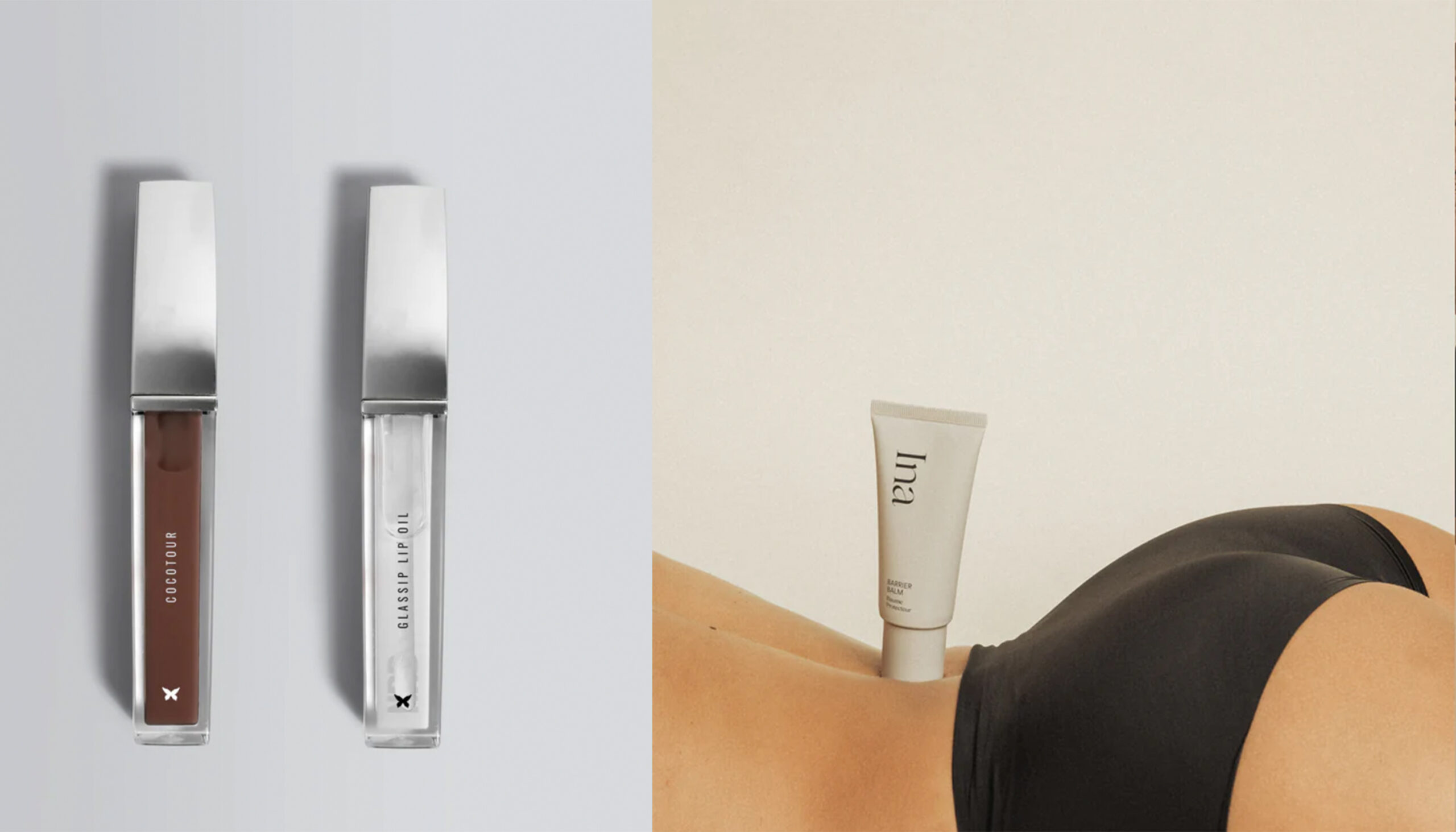The trend of permanent makeup, also known as micropigmentation, is very alluring. Offering the convenience of never having to apply eyeliner, lip color, or eyebrow pencil again, the end result isn’t always something you want to wear forever. When the ink starts to bleed or the technique leaves an undesired effect, the only solution is permanent makeup removal to reverse these cosmetic enhancements. Here, top dermatologists share the most common methods for removal and the potential risks of erasing permanent face makeup.
Why Do People Seek Permanent Makeup Removal?
New York dermatologist Jody Levine, MD says there are several reasons clients seek permanent-makeup reversal. “Over time permanent makeup, or micropigmentation can fade or alter due to changes in skin texture or aging of the pigment. Sometimes it’s just a matter of changes to our personal style or preference,” she notes. “Whatever the reason, in many cases, tattoo reversal is possible.”
According to Washington D.C. dermatologist Tina Alster, MD, color correction and pigment alignment are typical motivators for erasing these marks from the face. “Uneven brow position, too much ink, the wrong color or a change in color are reasons that trigger a removal.”
Methods for Removal
Both experts say the various methods and techniques available for permanent makeup removal lie in the dermatologist’s office. “One of the most common reversal methods is laser tattoo removal,” says Dr. Levine. “This is a nonsurgical procedure that breaks down the pigment particles. These particles are then reabsorbed and eliminated by the body.” Microdermabrasion is another option Dr. Levine says is less aggressive. “This method can exfoliate the outer layers of the dermis but can require many visits.”
“Because cosmetic tattoo inks contain iron oxide and/or titanium dioxide pigments, they can’t be removed with typical tattoo-specific lasers,” adds Dr. Alster “The iron and titanium pigments darken when treated with these lasers. Either ablative laser technology must be employed to vaporize the skin and ink or medical microneedling can be used to manually remove the ink.” Ablative laser has a longer healing time compared to microneedling and should not be used in the eyebrow or eyelash regions as it may affect the surrounding hairs, notes Dr. Alster. “Therefore, I recommend microneedling for these sensitive areas.”
Risks and Considerations
Both experts stress the importance of seeking a board-certified physician who specializes in lasers to ensure the best cosmetic outcomes. “We will take into consideration your skin type, tone, and elasticity, the age of the tattoo, as well as the ink saturation and depth,” says Dr. Levine. “If you are seeking laser tattoo removal, the doctor will choose the proper laser to use for the color tattoo that you have as there are different lasers for different colors.”
Dr. Alster reiterated the need for board-certified physicians, especially for ablative laser technology and microneedling, to maximize cosmetic outcomes. “Seeking experts in these fields ensures the procedures are performed safely and effectively,” she says.

















